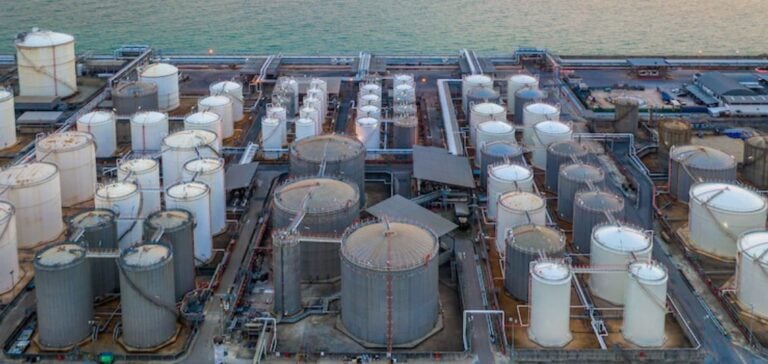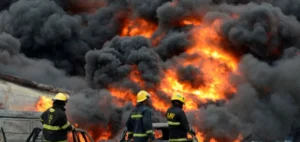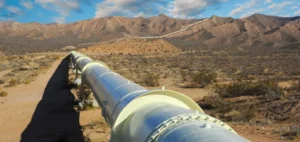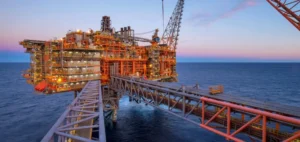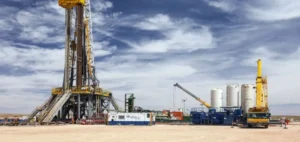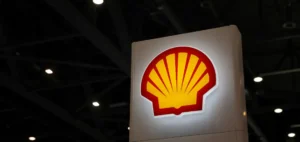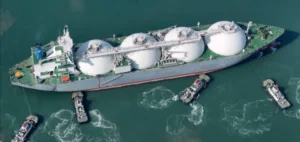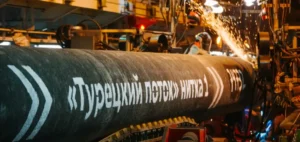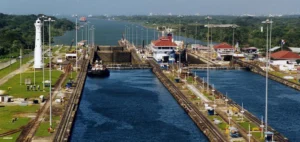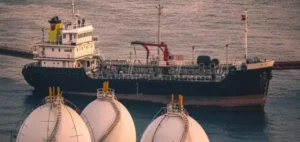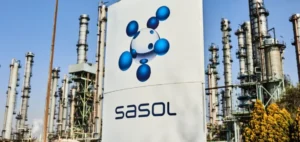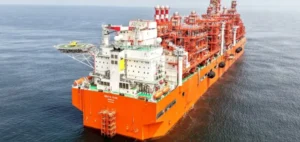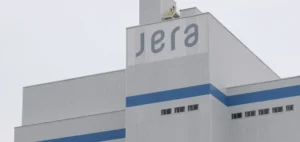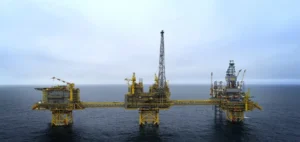During the European gas crisis of 2022, soaring prices and supply fears encouraged rapid infrastructure expansion to increase access to LNG. Although prices have since fallen, the new dynamics have led to an evolution in discussions around contract flexibility and hedging options.
The role of the United States and market flexibility
The United States, developing as a pivotal supplier, tailors its export destinations to the strongest net returns. Buyers are now looking for more flexible delivery options and alternative pricing mechanisms, preferring gas and LNG indices to oil-based contracts.
Impact of price divergence between oil and LNG
As oil supplies tighten and gas supplies expand, the price divergence between oil and LNG has reinforced the need for market players to seek better risk management strategies, based on natural gas or LNG rather than crude oil.
Developing LNG futures markets
Liquidity on LNG futures markets was minimal until recently. The development and adoption of the Platts JKM index has provided a solid hedging tool to manage risk. Growing interest in the Platts North-West European LNG marker is an example of this momentum, with increased use of forward curves in response to volatile price movements in 2022.
The expansion of infrastructure and the increased flexibility of LNG contracts in Europe, in response to the 2022 gas crisis, illustrate a significant evolution in risk management and market hedging strategy. This ongoing adaptation will play a key role in the future stabilization of the European LNG market.


